Rent
ProLift offers daily, weekly, and monthly rentals. Find the right equipment for maximum productivity and safety.
Let us know how we can assist you! A ProLift specialist will connect with you to help with your material handling needs.
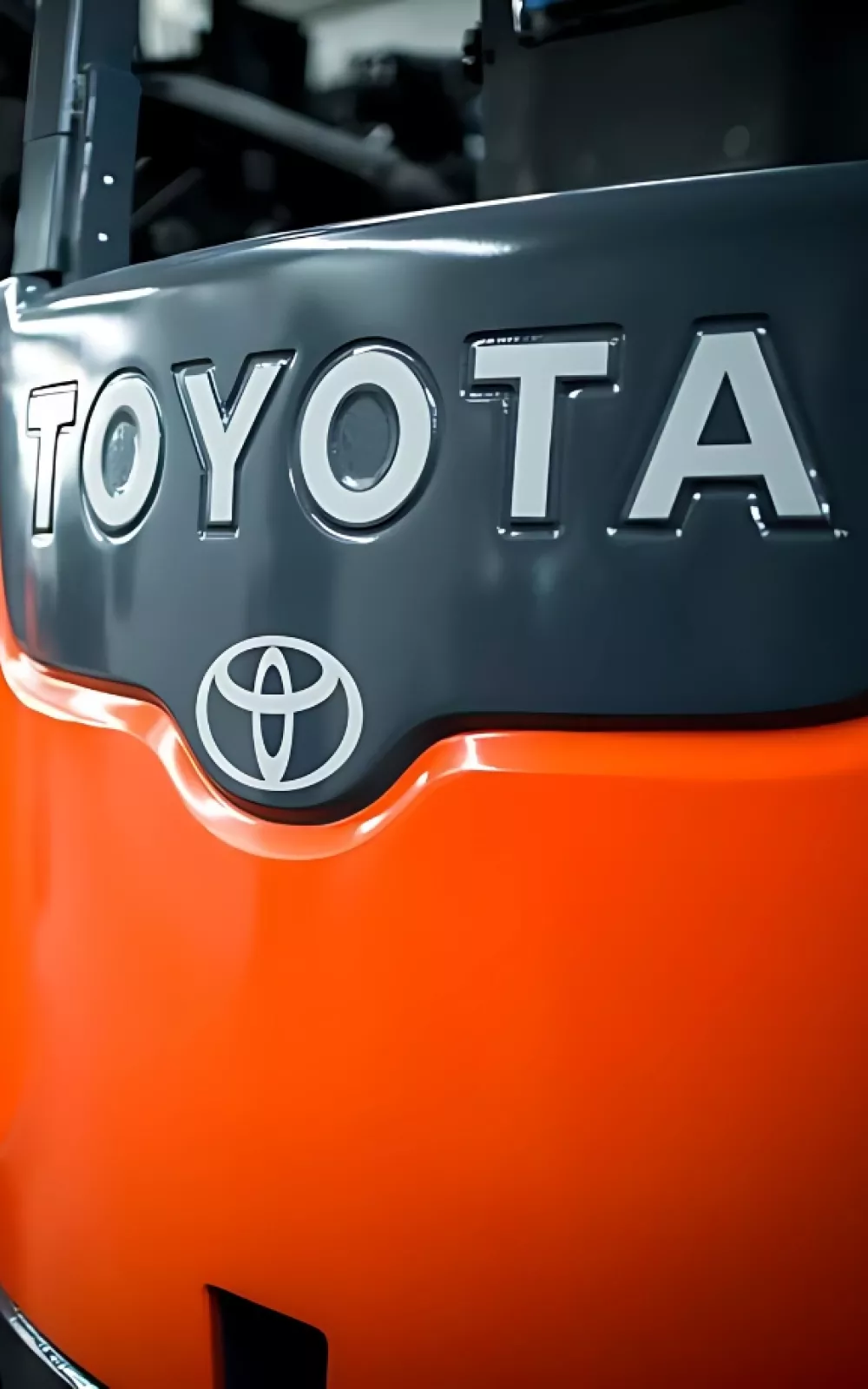
Is your forklift struggling to keep up with your operational demands? Discover the signs that it may be time to upgrade your forklift, from frequent breakdowns to decreased efficiency. Learn how an upgrade can improve productivity, safety, and overall performance.

As service invoices stack up for your used forklift, it may be time to consider forklift replacement. To determine if the service costs are reasonable and easily explained, follow these best practices.
Many companies struggle to justify the purchase of a new forklift because the current one is paid in full. However, when a repair is needed, it can often drive the cost per hour well above industry averages.
The most reliable indicator for forklift replacement is the utilization and cost per hour based on the unit's maintenance history. Ideally, you should have at least 12 months of maintenance records, but analyzing several years of data provides a more accurate picture, especially if your production peaks during certain seasons or if short-term projects have impacted forklift usage.
Forklifts with high hours will experience failures with major components such as mast chains, carriage and mast rollers, shimming and transmission or drive train work. Electric forklifts will also need battery replacement. Typically, an internal combustion (IC) forklift with over 10,000 hours or an electric forklift with over 12,000 hours is due for replacement.
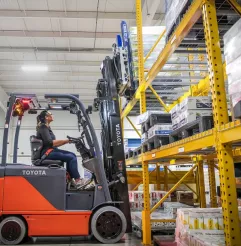
Start your search for available equipment and product lines with ProLift’s equipment finder. It helps you quickly identify the best solutions that match your criteria.
There are hidden costs to maintaining outdated equipment, particularly in areas like safety, ergonomics, emissions, and efficiency. An aging forklift struggles to keep up with production demands, while newer models benefit from technological improvements. For instance, forklifts built before 2006 offer less protection from harmful emissions, impacting air quality in your warehouse.
Additionally, changes in your company's products or applications can lead to inefficiencies and added costs if the wrong forklift is used. Examples of poor equipment application include operating electric forklifts outdoors, using reach trucks for unloading trailers, employing non-freezer forklifts in a freezer, or lifting loads beyond the forklift’s capacity.
To stay aware of your forklift’s maintenance history, create a separate expense category for forklift maintenance. The most effective forklift maintenance tracking systems also include categories for expenses. Examples might include: tires, planned maintenance, damage and breakdown. This can be accomplished in-house or by contracting with a company for fleet management services.
Create a check and balance system for hitting expenses against the right asset. On the completed invoice, capture whether the repair was due to abuse. Hour meter readings are also critical input.
ProLift is a full-service material handling partner. Use our equipment finder to begin the research of available products.
From equipment and maintenance to replacement parts and safety training, ProLift offers you 360 support. We can also assist you with pallet racking and additional warehouse solutions. Let us know how we can help!
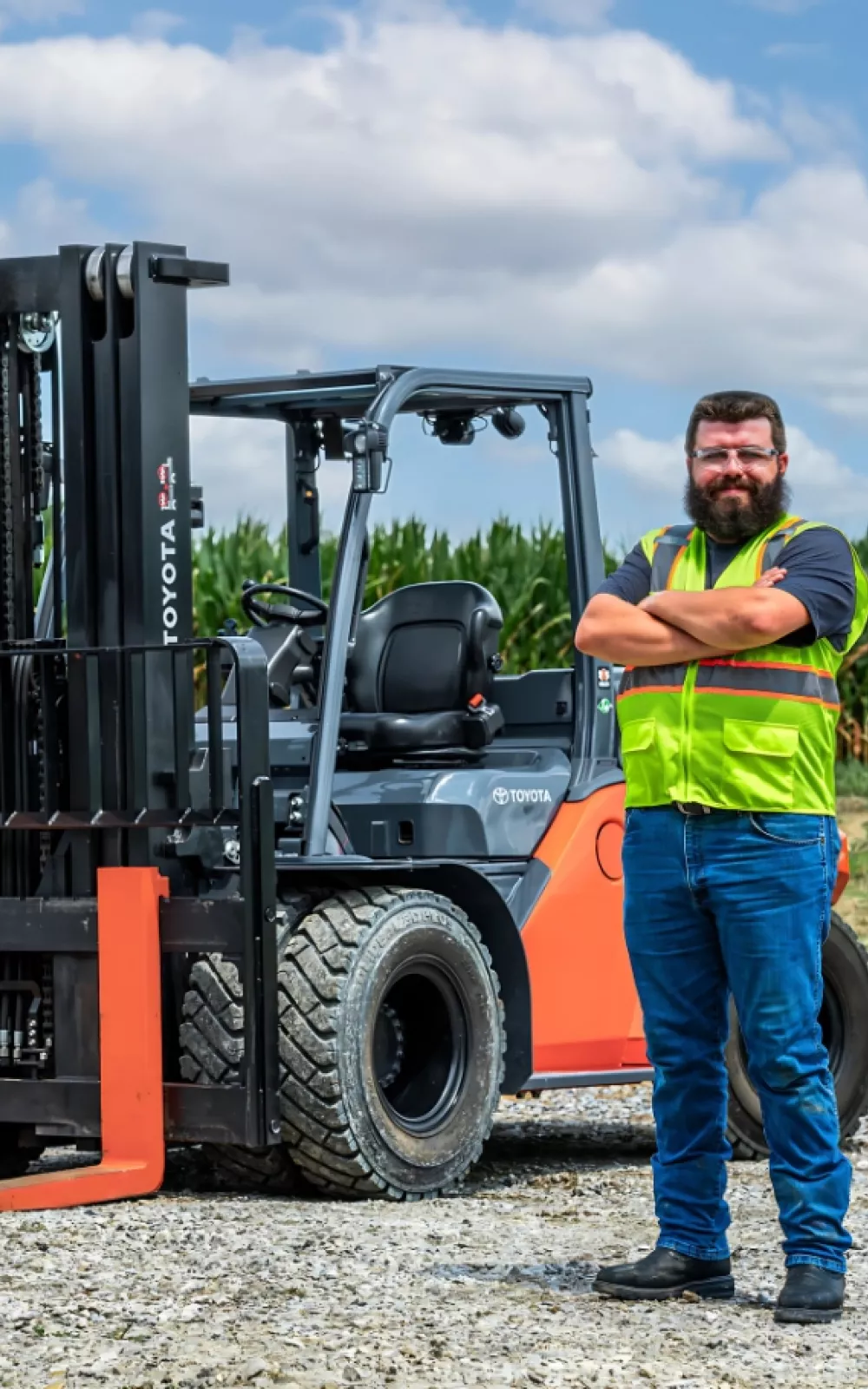
Financing is available for various material handling solutions, including:
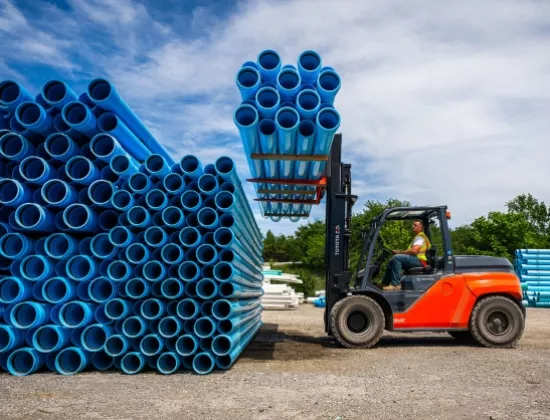
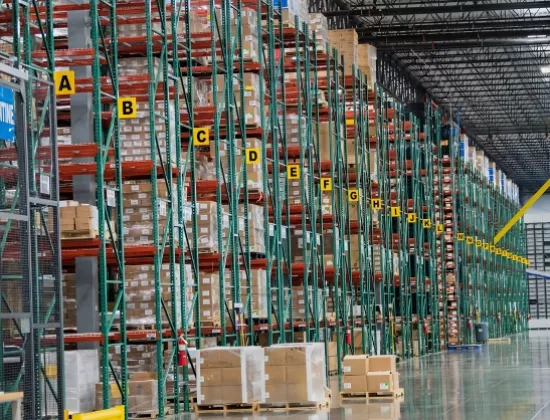
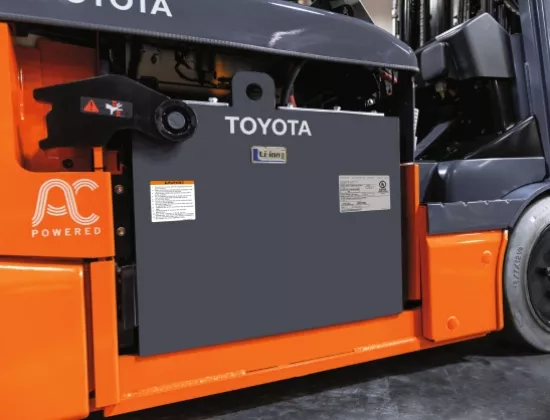

Financing is available for various material handling solutions, including pallet racking, fleet management tools, and equipment.

Let us know how we can assist you! A ProLift specialist will connect with you to help with your material handling needs.
